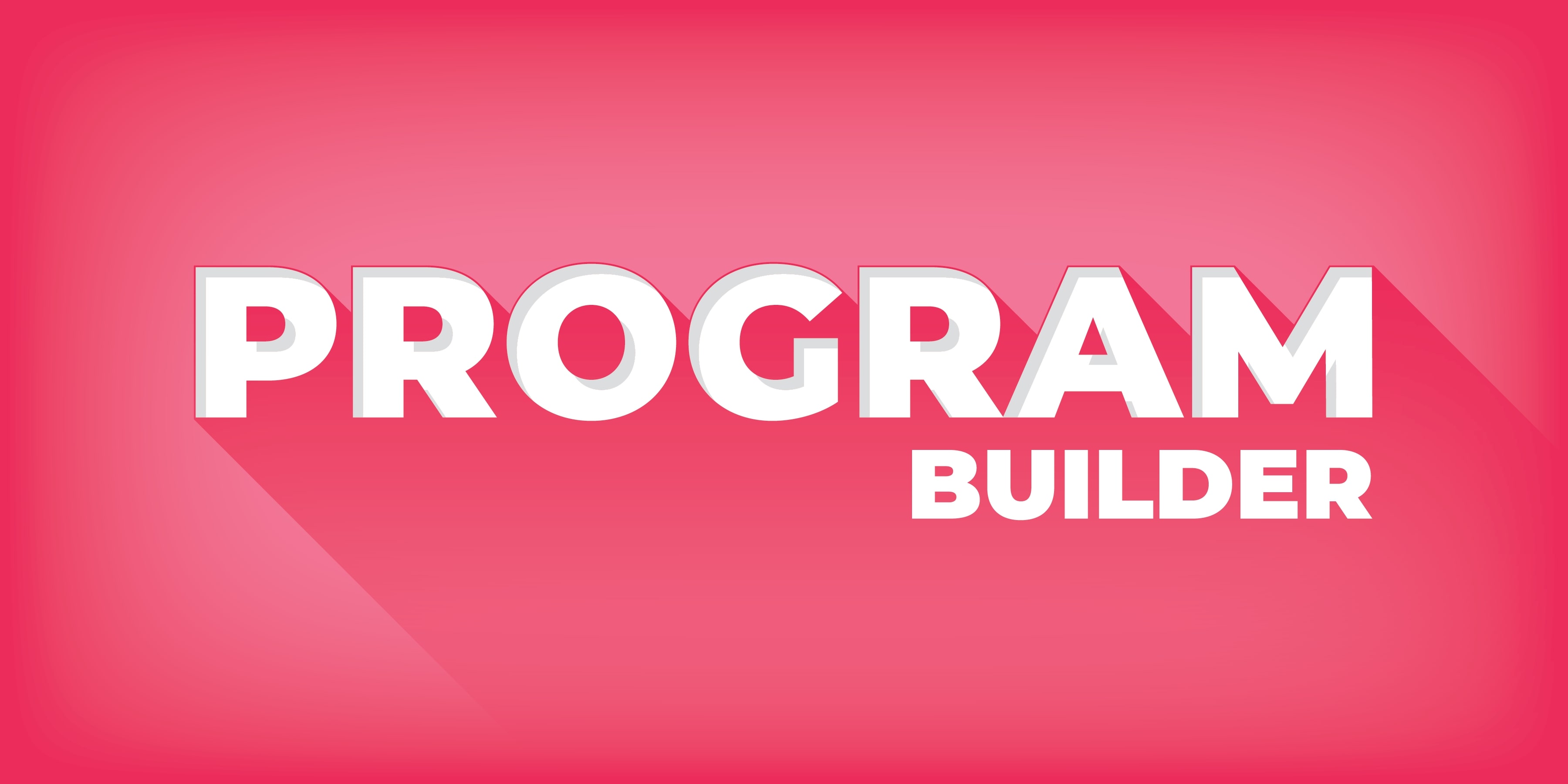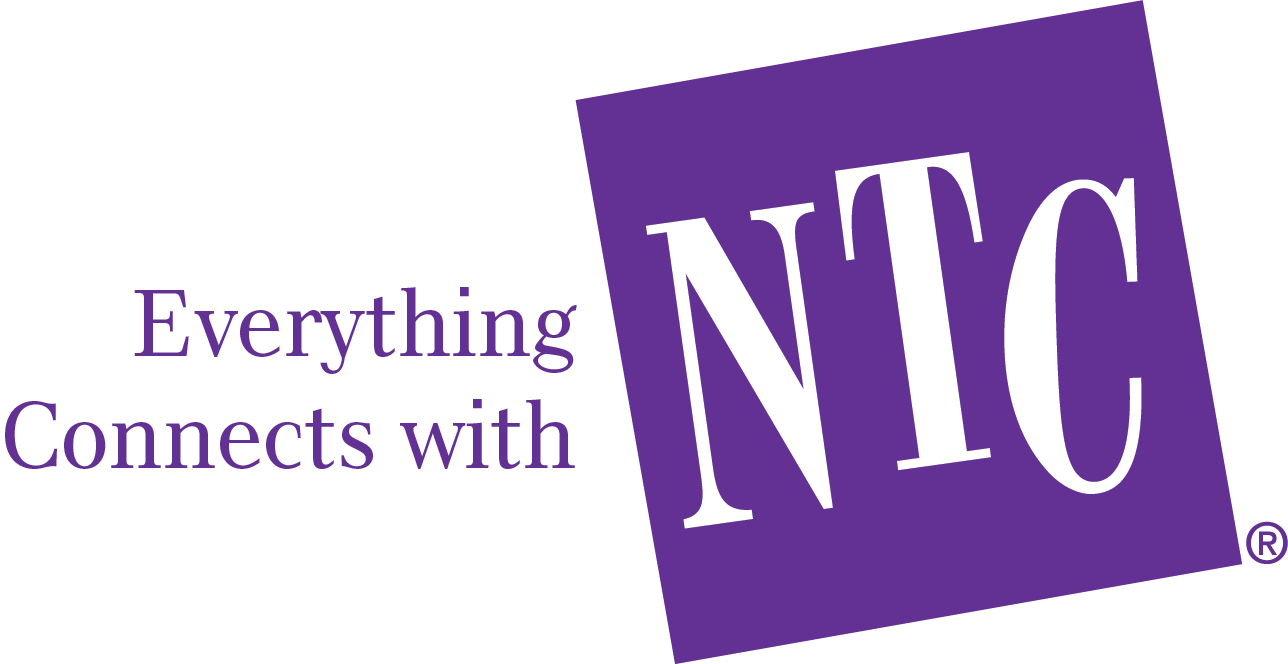Effectively motivating students is a seemingly an eternal struggle for educators. When a student is not motivated, it is exponentially more difficult to keep them on pace with learning goals.
A tool that has gained popularity in this struggle is gamification in education. By utilizing principles from game design and elements found in the world of table top and video games, the goal of gamification is to get every student to intrinsically invest in their lessons—no matter the subject.
Incorporating gamification techniques into lesson plans can help students connect to the subject matter and to each other. It can add a sense of fun without taking away from what the young person is supposed to be learning because the subject matter is deeply ingrained within the game elements.
So, how does gamification work in practice? Is there only one way to gamify? And how can NTC help augment and support a teacher’s gamification strategies?
Understanding the Types of Gamification in Education
When identifying approaches to gamification for education purposes, you need to understand your goals and how gaming elements can help you achieve those goals. That’s because gamification can mean more than one thing.
For some people, they hear about using games to teach content and they immediately think of using trivia games to review for a test and that’s it. While competitions as review tools can be a part of gamification in education, they are hardly the only way to gamify.
In fact, competition in general is only one facet of gamification. Cooperation in groups and as a whole class are important aspects too. Something to always keep in mind is that these game elements are tools to drive student motivation and investment in their learning. Too much reliance on competition can leave some students struggling as much as they would without gamification.
That’s something to keep in mind when embracing any educational tool or strategy. The educator must be able to adjust it to fit their students—there is no one-size-fits-all approach to education. A tool is only as effective as the person who wields it.
Here are a few different types of gamification to give you a better idea of what it can look like.
Competition
While competition is not the only way to bring game elements into a classroom, it can be a great strategy. This is because there are a lot of different ways you can compete. Not every competitive game in a class looks the same.
Sometimes competition can be used to encourage teamwork and critical thinking. Think of a project where groups work together to design constructs like paper bridges or toothpick towers that can support a certain amount of weight.
Accomplishing the goal of supporting weight with your construct is one aspect of the project, but you can also allow the class to vote on which group had the most interesting idea or coolest build. That way you encourage success along multiple vectors—engaging students with different learning styles and approaches.
Competition can also take the form of leaderboards in the classroom. To be clear, leaderboards should not be used to publicly show grades. That can shame students who are struggling instead of motivating them. Leaderboards should be used to track things like participation, engagement in classroom activities, or hitting specified goals, like reading a certain number of books or hours outside of class.
Reward Systems
Rewards can be a double edged sword. On the one hand, good work and positive behavior should be rewarded. The danger is that students become so focused on the reward, that they only do enough to get the reward and do not work to retain the information or behavior that the reward was meant to encourage.
This is why gamification in education must be strategically and intentionally deployed. Relying on candy or similar treats as rewards can, eventually, become counterproductive. Instead, insight can be found in video games.
A video game does not give out pieces of candy for success. Instead, when a player hits an achievement—whether as part of a game’s main action or as part of a “side quest” or supplemental piece of story—they get a badge.
This is so common that every game you play on a PlayStation or X-Box has a list of achievement badges that players can receive. This could be for finishing quests or for managing to accomplish a goal in an interesting way, such as completing a level without jumping.
By rewarding positive behaviors in a classroom with badges or similar signifiers, you create a system that prioritizes the behavior and achievement instead of just the reward. Your reward badges can also keep increasing—with new badges for longer streaks of positive actions, like maintaining a clean desk, for example.
These badges can also result in special rewards in and of themselves. Some teachers will reward the accrual of badges with increased trust in the student. A student that demonstrates positive behavior over time may be allowed to have reading or study time in the hallway or library.
In this way, you create a reward system that is not reliant on single occasions of instant gratification but encourages positive behaviors in the long term.
Immersion
Another way gamification in education can help increase student engagement is by immersing students in the world of your lesson. By giving them an environment with which they can interact, you allow them to engage with subject matter both passively and actively.
Immersion tactics can be as simple as putting up classroom decorations that share a theme with your subject. They can be as complex as setting up different areas of your classroom for different themed activities.
Reading a story while allowing students to interact with props that are related to that story creates an immersive storytelling environment—one in which the students feel more connected to the characters and ideas that are being put forward.
Immersion makes the student a part of the lesson being taught. The information and concepts become more real and concrete. A student is better able to empathize and imagine the circumstances that are being taught.
Importance of Gamification
The benefits of gamification in education cannot be understated. An engaged student is more likely to grasp and retain material than an unmotivated peer. And that’s just the start of it.
Gamification can be used to establish and reinforce positive behaviors and practices in the classroom which can carry over to a young person’s everyday life.
NTC uses gamification to help make our education outreach programming stick with students. Our programs are designed to help students of all age groups learn a variety of different subjects and develop positive habits and behaviors related to those subjects. With anything from water conservation. energy efficiency and electrical safety to financial literacy or STEM learning, NTC uses gamification strategies to help students retain lessons over time.
Gamification is woven throughout our programs. When our actor-educators bring one of our engagements to a school, student interaction is a part of the presentation. For example, in our financial literacy program for elementary age students, we can have students moving from place to place—simulating the journey of money as it is spent or saved.
NTC also facilitates educational gamification with supplemental materials that allow students to reinforce what they have learned at a live engagement, incorporating multimedia elements such as online games and other resources.
We also provide materials to help teachers build lesson plans that can expand on the information from our live engagements to strengthen the positive behaviors that are our goal to teach and encourage.
At NTC, we recognize the value of gamification in education and do our part to help teachers use that gamification to keep their students engaged and learning.
Gamification in Education: A Valuable Tool
Gamification helps drive student motivation. It can be used to reinforce information, encourage healthy behaviors, build trust between teacher and student, and help bolster cooperation and student self-confidence.
It can even help warm young people up for learning. One way teachers utilize gamification in online class sessions is to run a quick, in-home scavenger hunt at the start of the day. This gets students to move around, wake up, and focus in.
Gamification in learning and development uses game elements and ideas to keep students engaged in class. When incorporated into lesson plans and classroom strategies deliberately and with intention, it has proven to be an extremely valuable tool.
Whether you utilize competition, cooperative activities, educational games, leaderboards and reward systems, immersion, or a combination of some or all of these elements, gamification in education can be a game changer.
Because let’s be honest—games are fun. Incorporating them into the classroom helps turn what could be a dry, educational environment into a place that young people are excited to be.
And when a student wants to be at school, it becomes more and more likely that their educational outcomes will show it.













